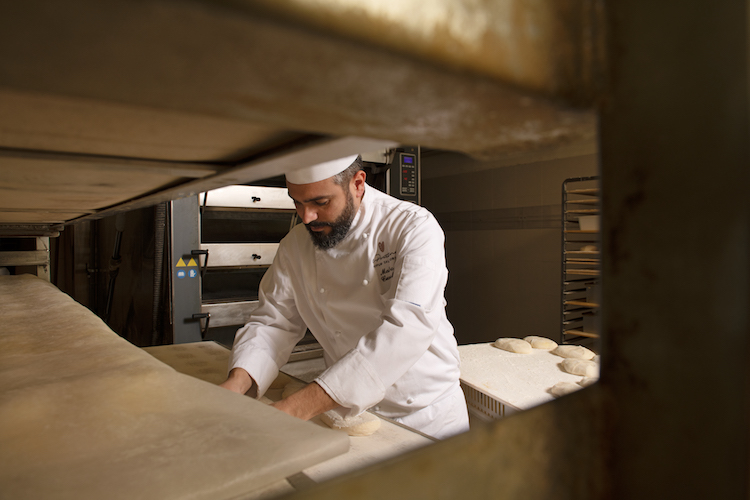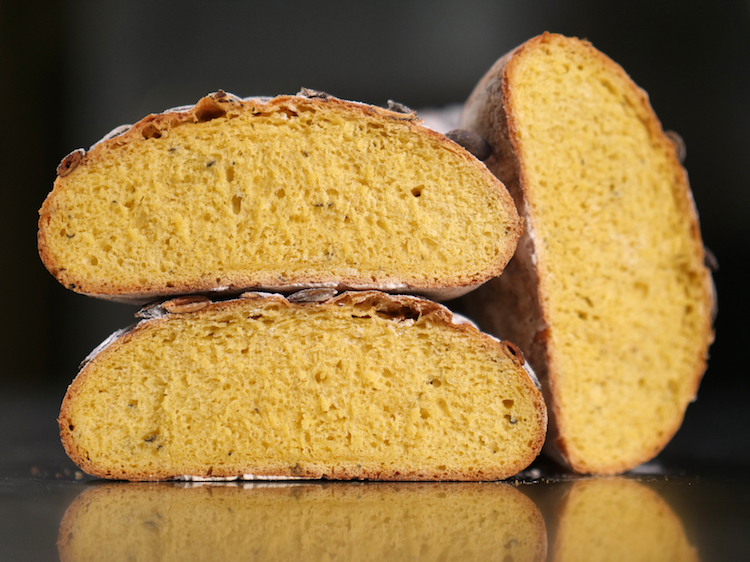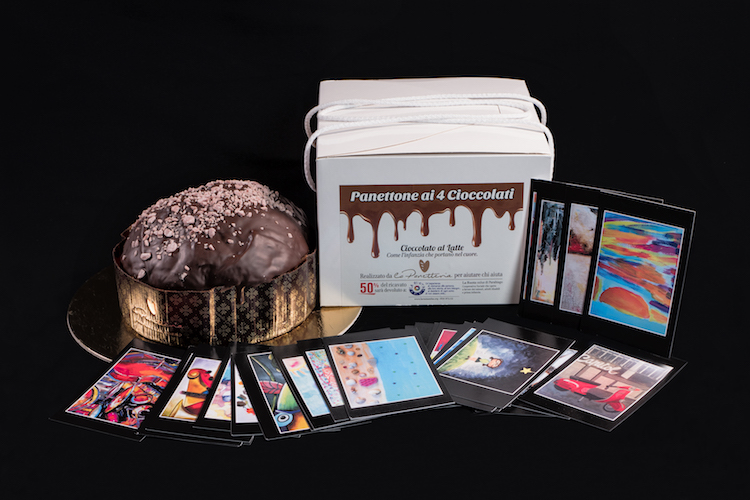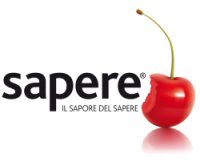The second possibility of bread
Matteo Cunsolo: sleepless nights, study and the desire for change. A story about bread (and panettone)
By Fabio Molinari
Maybe it’s the sleepless nights in front of the oven or the human, physical relationship with the yeast, but bread is something that goes beyond the simple craft, that enters into life. At the age of fifteen, Matteo Cunsolo risked getting into trouble, rejected by the school and drawn into some strange company.

He was one of the many young people who at some point leave their studies to get lost in the almost urban suburbs of a large European city. But then, at the CAPAC professional institute in Milan, in the bread-making and pastry-making course (where he enrolled not out of conviction, but almost by chance), he met a professor, Giovanni Farina (nomen omen), who believed in him and knew how to make him passionate about the art of baking. This was followed by a diploma, then long nights in the oven and an apprenticeship in the home of a great man, Massimo Grazioli, who introduced him to the secrets of sourdough. After being his employee, once he opened his own business (in 2003), he became a colleague, and the working relationship turned into a deep friendship. Thanks also to his support, he joined the Richemont Club in Lucerne. When Grazioli passed away in 2016, Matteo was called upon to take up his role as President of the Legnano bakers’ association first and is currently President of the Associazione Panificatori Confcommercio di Milano e province.
So Matteo Cunsolo, born in 1980, who bet on bread at the age of fifteen, has now made his bakery in Parabiago, on the outskirts of Milan, a reference point for gourmet enthusiasts who come here from the city, but also for the elderly of the village or for the employees of the nearby call centre who pass by in the evening before going home. Because good bread is extremely democratic, one of the last affordable luxuries. His bread is just like that, it rediscovers complexity in its simplicity thanks to the use of flours richer in fibre and an important fermentation process that develops fragrance and aroma. From the fifty types of bread he started with, he has gone back to simplicity, and today there are twenty references on the shelves. Then there are the seasonal productions because, Matteo recalls, the bread varies according to the seasons so if in summer you can taste the one with apricots and chocolate, in winter you can find a bread with pumpkin, walnuts and honey produced with the wholemeal flour of Parabiago based on San Pastore.

Now, just a few days before Christmas, the star is panettone, starting with the classic Milan type, with sultanas, candied orange and citron, or the more delicious one with pistachio and white chocolate, but also the refined marron glacé and the four-chocolate panettone (dark, milk, white and ruby), which has a special significance: Half of the proceeds from its sale will be used to finance the projects of the La Ruota cooperative in Parabiago, which provides assistance to minors in difficulty, the disabled and early childhood.

Almost a gesture of restitution made through bread (panettone is, in the end, a “grown” bread) by those who have been given a chance by bread and have been able to make the most of it.
Articolo di: www.ilgolosario.it
La Panetteria via Sant’Antonio, 71 Parabiago (Mi) www.la-panetteria.it
